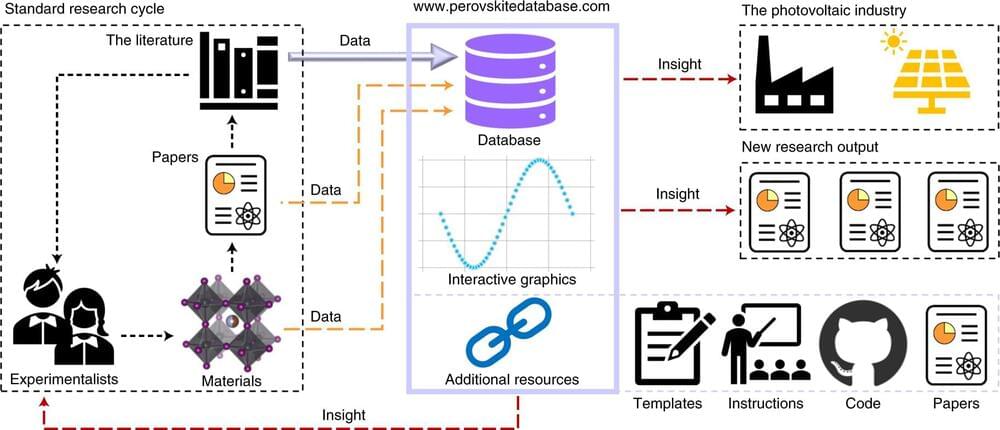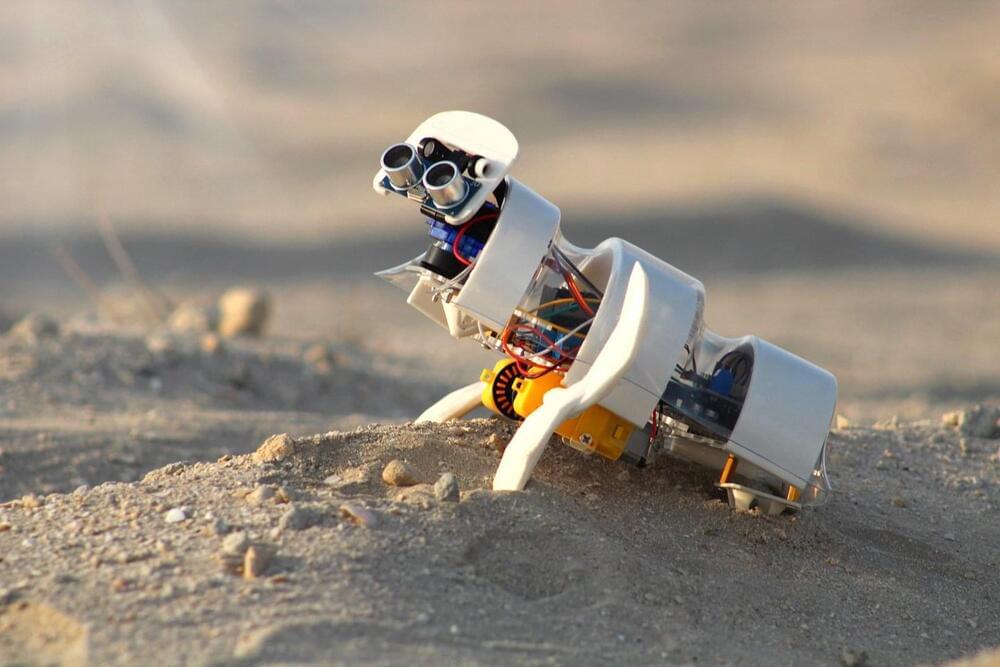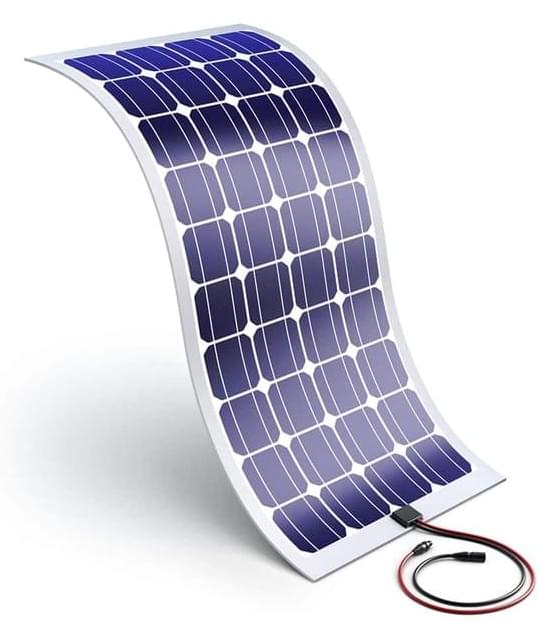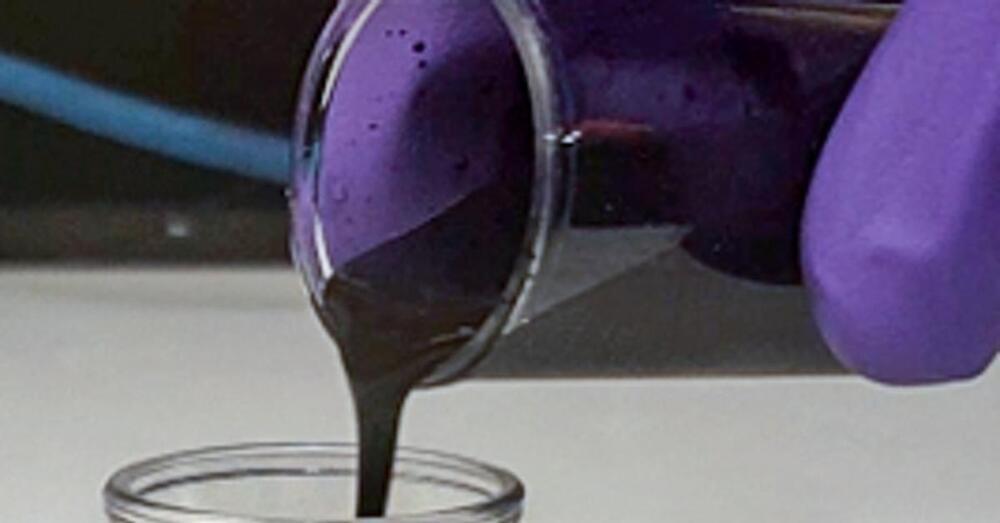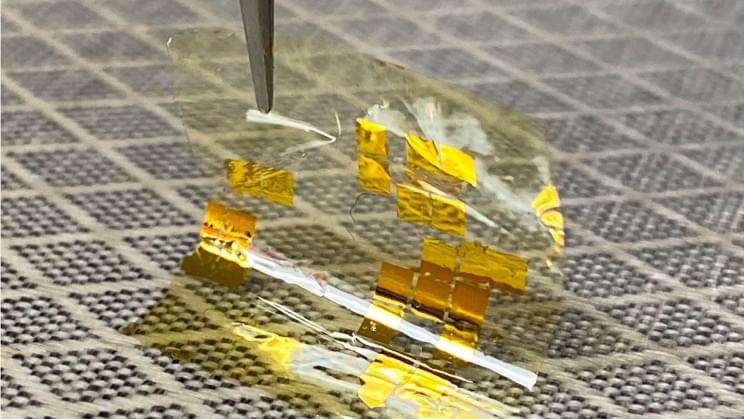A multipurpose electric truck with a 400-mile range.
Wolfgang, a creative agency based in Los Angeles, California has recently unveiled the Thundertruck, an electric off-roader concept with dashing, futuristic features including bat wing-shaped solar panels.
The company says that the multipurpose EV offers superior on and off-road performance and an entirely new level of versatility and functionality without zero emissions.
The team behind Thundertuck figured that since there aren’t charging stations out in the desert, a solar roof to power the vehicle would come in handy. Since the sun is an endless power source, the bat wing-shaped collapsible solar awnings provide the vehicle with the necessary battery energy while also doubling as an auxiliary shade for when you’re camping or fishing.
The 800-horsepower Thundertruck EV boasts a 180 kWh battery, a 400-mile range, and an 800 lb-ft of torque. What’s more, it can go from 0 to 60 mph in 3.5 seconds. The truck comes in two models, 4×4 and 6×6. The company website states that “Our state-of-the-art TT Range Extender easily converts the Thundertruck into a 6WD monster that quietly delivers unparalleled power and performance.”
Full Story:

